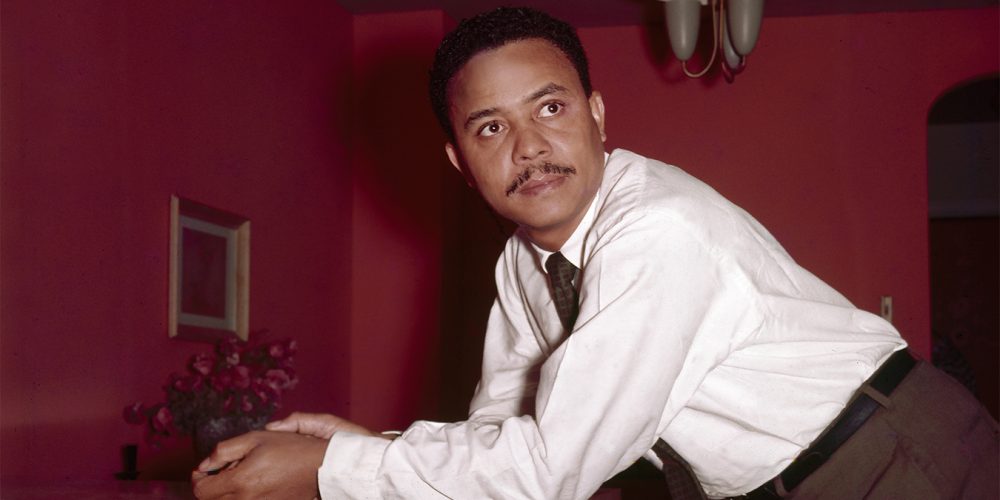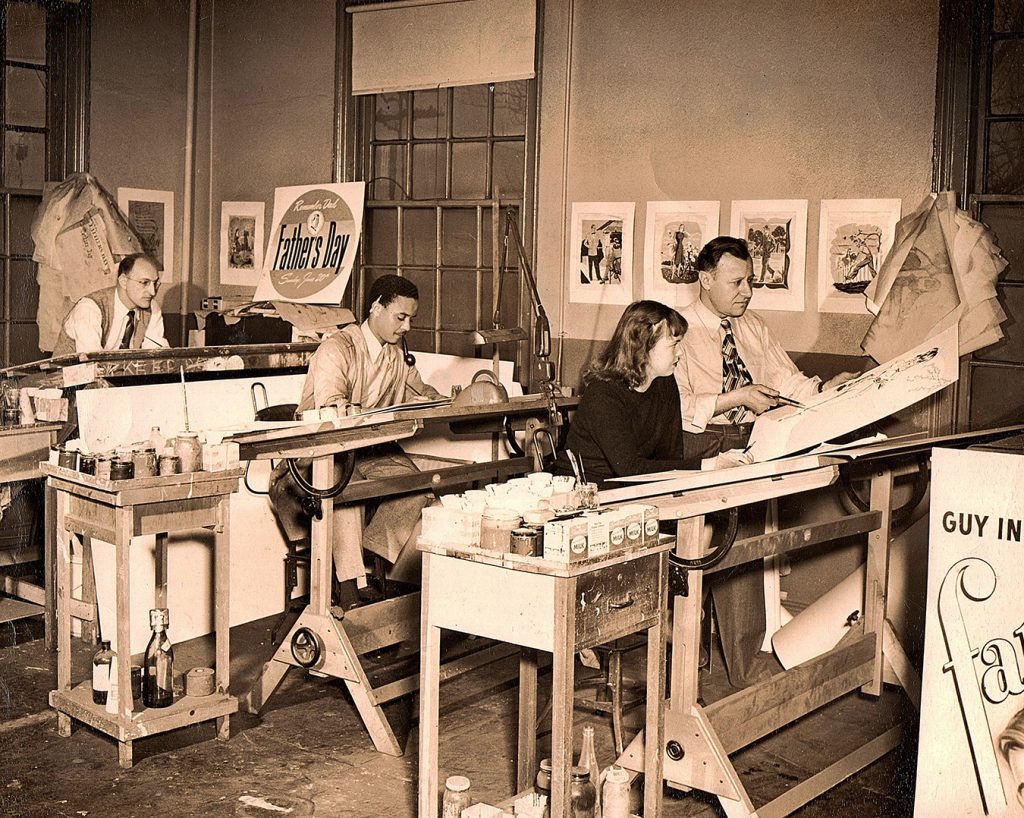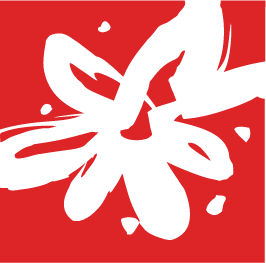
Fleeing Oppression, Finding Creative Freedom
When Milt Ward arrived in Philadelphia in the late 1930s, he was fleeing the oppressive and segregated south. But what he found in his new home was a welcoming, creative community that would bolster his artistic skills and shape his distinguished career as a graphic artist.
Born and raised in Savannah, Ward, as a teenager, was captivated by the hand-lettered signage and point-of-purchase displays that local merchants used in their shops. He set himself to hours and hours of practice in pursuit of perfecting the art of hand lettering, which would later become the hallmark of his career, and found a way to support himself and his family by selling his services to local business owners.
When he arrived in Philadelphia in search of freedom and opportunities with his mother, Eva, and younger brother, Bennie, Ward sought to further his artistic training by enrolling in drawing classes at the Graphic Sketch Club, now better known as Fleisher. It was in the club’s studios, his son, Tony, says, that he connected with members of Philadelphia’s Jewish community and, quite possibly, our founder, Samuel S. Fleisher. Ward’s relationship with members of that community, built on a shared understanding of the perils of persecution and oppression, opened the door to his fruitful career.

“A lot of Jewish merchants at the time were looking out for Black folks. Throughout his entire career, he worked almost exclusively for Jewish-owned businesses,” Tony Ward says. “There’s no question that they looked out for my dad. But it wasn’t just because he was African American. He had real talent and they weren’t prejudiced.”
For much of his career, Ward worked for the Roxborough-based Diversified Marketing Group, led by Stanley Ginsberg, with whom Ward shared both a collegial and professional relationship for much of his life. He also was one of the first Black members of the Philadelphia Art Directors Club, a venue in which he formed lasting friendships with other like-minded artists. From his home office, Ward churned out work for freelance clients, chief among them the Mel Richman Advertising Group, and, after retiring at the age of 65, a significant number of paintings. His talent and dedication allowed him to establish himself firmly in the middle class, Tony says, a rarity for a Black artist at the time.
“I knew being an artist would be an interesting career, because my dad worked days shifts and then at night on his freelance projects. That’s a sign that someone loves what they’re doing.” – Tony Ward
While Tony says his father never really spoke of his youth, he did share his love of the arts with him. Tony is a widely-recognized photographer and visiting professor of fine arts at Haverford College. His work, which often explores the intersection of fashion and erotic photography, has been exhibited widely in Philadelphia and in galleries across the world. As a young man, Tony recalls spending hours sitting with his father, learning how to draw and letter. When she was younger, Tony enrolled his own daughter, Chanel, in Fleisher’s Saturday Young Artists Program. Chanel is now an educator and guides Fleisher’s programs as a member of the Programs Impact Committee.

“When I got to college, I realized I wasn’t going to be a hand-lettering specialist like him, I didn’t have the eye. But I pivoted to photography, which was really the right move for me,” Tony says. “I knew being an artist would be an interesting career because my dad worked days shifts and then at night on his freelance projects. That’s a sign that someone loves what they’re doing.”
Today, Tony keeps his father’s legacy alive online. His website contains a gallery of paintings Ward produced between 1989 and 1993. Called the Alphabet Series, the bold paintings combine Ward’s two loves: painting and bold lettering. Tony’s home houses much of his father’s artwork, as well as a number of his brushes and the drawing table where his father honed his craft.
Pictured, from top: self-portrait of Milt Ward, circa 1960s; Milt Ward in his studio, circa 1960s; a painting from Milt Ward’s Alphabet Series, 1990. Reproduced with permission.

 Donate
Donate
To get updates on events, exhibitions & class information:
"*" indicates required fields